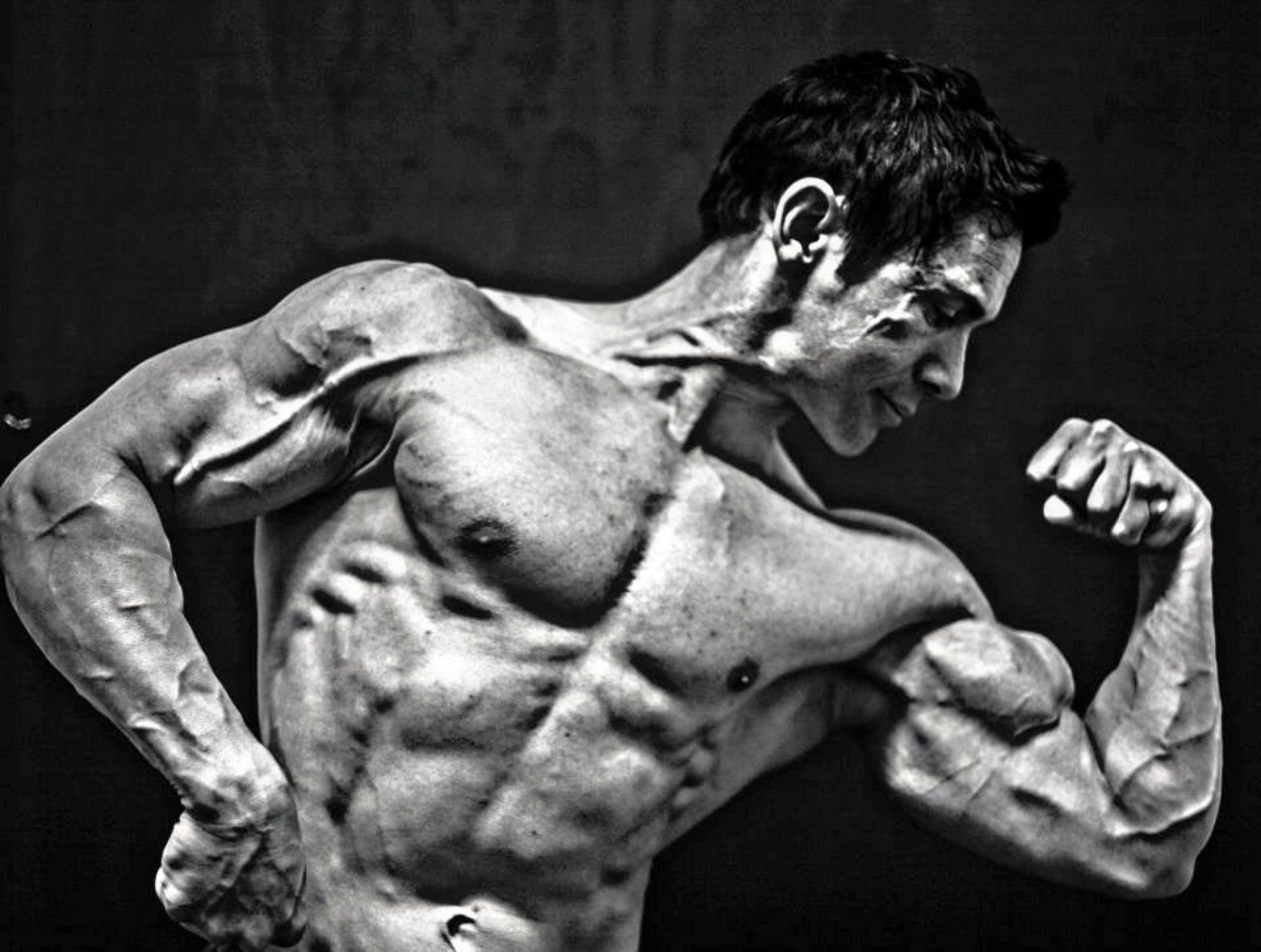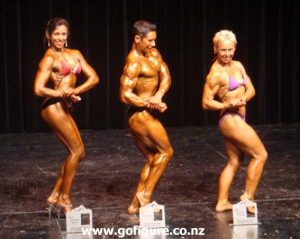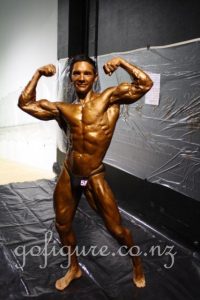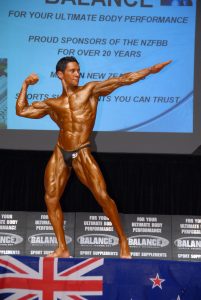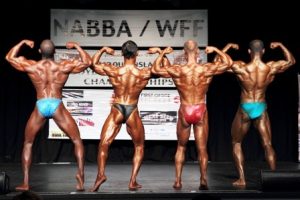Negative or eccentric training is a great training technique to increase strength and muscle mass as it can be applied to increase the weights you use, amp up intensity, increase time under tension and burn body fat!
Traditional negative training involves completing the negative aspect of an exercise with a spotter lifting the weight on the positive or concentric part of the movement (e.g. during an exercise like the bench press you lower the weight by yourself as slowly as possible to your chest then a spotter lifts the weight back to the top of the movement for you). Charles Poliquin, an Olympic and top personal trainer claims using negatives is one of the fastest ways to improve your strength. He has had great success with this technique to help both his male and female clients perform pull ups. If they can’t perform one pull up (pronated grip) or chin up (supinated grip) he gets them standing on a box high enough so they can start at the top of the movement and perform only the negative. The strength gained during the eccentric training transfers over to the concentric aspect of the repetition too. So when they can complete a 30 second negative they are able to perform a proper pull up.
Another effective variation of negatives is to load the muscle with a weight heavier than you are accustomed to using in an exercise (we can be up to 30% stronger during a negative) while having a spotter take most of the weight during the positive part to increase strength and muscle growth. To be on the safe side begin by using a weight that is 5% heavier and go from there.
Others use negatives to increase intensity and time under tension (T.U.T) by completing as many normal reps as possible then getting a spotter to help with the positive movement when they can no longer do it to increase the reps and tension time the muscle is put under. Some recent research suggests that tension times of at least 40 seconds are extremely beneficial for muscle growth. If you consider that a normal set of 10 reps usually takes around 20-30 seconds for most trainers (1 second positive and 1-2 second negative) -adding 2-3 negatives can add up to 10 seconds or more on to the end of a set putting yourself in a way better position to grow!
Negatives can be done by yourself on one arm exercises like concentration curls or one arm triceps pushdowns as you can use the other arm to help with the positive movement when the muscles can no longer complete it. You can also complete partial negatives to develop weak points in any lift too.
Although negative training has been used with great success by many top bodybuilders, the unique stress it provides (during negatives the muscles are activated like they are in fast twitch mode and it causes more muscle damage than normal lifting) can be quite stressful and put a higher demand on the body’s ability to recover and grow. As a result it is only used for short periods of time as a technique to shock the body back into growth.
- A good side effect of the muscle damage caused by negative training is the increase in the body’s metabolism which means you burn more body fat- so how could we get the benefits of negative training on a regular basis without the burn out that could occur with traditional negative training?
Emphasising or lengthening the time of negatives in your normal sets has all the benefits of negative training and more! I have increased my negatives to 4 seconds with a 1 second positive on most exercises.
I have found that increasing the time of the negative aspect of my exercises has had these benefits for me:
· A better mind-muscle connection.
· Better muscle pumps.
· Longer time under tension (T.U.T); a normal 10 repetition set now gives me around 50 seconds of tension time.
· Weights used are lighter which is great for my joints. (It was actually tough mentally to drop the weights I normally lift, thinking I would shrink- but I am so glad I did as the results I have seen have been well worth it).
· I am recovering faster and can train more often (not trying to lift heavy all the time has meant my central nervous system is recovering faster and in line with my muscle recovery).
· My metabolism has sped up (I weigh more; have got leaner and enjoying eating more food!).
· I have increased vascularity and my muscles look fuller.
· Don’t need a spotter.
· I am enjoying my training even more than normal!
You can play around with the length of your negatives to see what works for you. Steve Holman and Jonathan Lawson (x-rep.com and American Ironman magazine) promote negative accentuated (NA) sets that have a 6 second negative and 1 second positive aiming for 7 reps (49 seconds tension time and believe me it is TOUGH!). On most sets they use a 3 second negative and 1 second positive for 10 reps so they hit 40 seconds (T.U.T) on most sets. The progress these two have achieved with this type of training is impressive as both have amazing physiques (both are drug free too!).
If you haven’t tried negatives before give some of these variations a try. Who would have thought that focussing on the negative could have so many positives!
